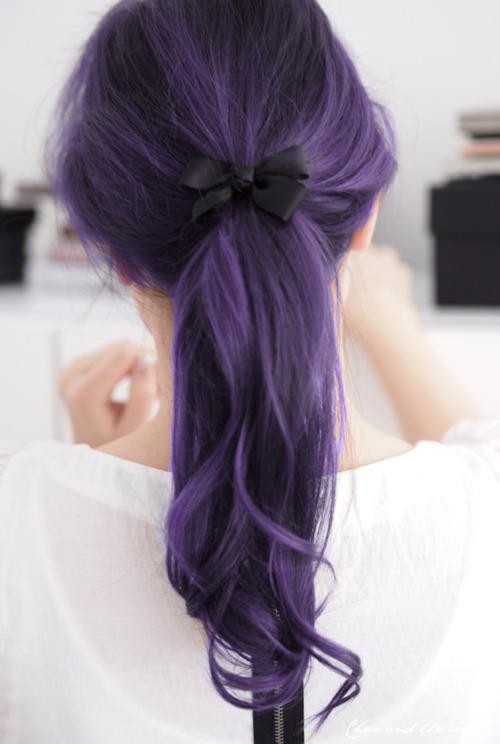
Over the past few years, I have become much more ‘green’ in regards to my health and beauty regimens. I’ve become ingredient savvy, sulphate-free, and adopted a ph-balance awareness. I haven’t, however, ditched all of my chemical filled goodies.
My hair is the anchor. While 90% of the make-up and skincare I own is certified organic (praise be to Inika), my frizzy, long, and ringlet-heavy mane gets very temperamental without her favourite products. Chemicals will always give me managable hair, whether I want to use them or not.
The trouble is, I don’t want to use them! I want to go No Poo!
‘No Poo‘ or ‘Poo Free‘ is hair slang (it exists) for shamPOO and chemical-free hair maintenance. I have dabbled in co washing (one ‘poo free’ alternative) but found that as soon as I worked out, my hair would fall very flat.
The alternative that most people seem to shout about? Baking Soda and Apple Cider Vinegar rinses. (No, this didn’t just turn into a food blog). It’s the method I plan to trial next.
“But why turn your head into a kitchen, Lela?” Better a kitchen than a laboratory, I’m thinking. Shampoo is a detergent that cannot differentiate between making your hair clean and stripping your hair of its naturally healthy oils. Even if you’re living on superfoods, the porosity of our skin (our largest organ) will soak that detergent into our bloodstream, where it stays for a long time. Healthy, it is not.
If a visual would help, imagine using washing up liquid on your hair and then taking a shot of it. While the ‘mineral oil‘ used to create an artificial shine in shampoo sounds healthy, this ingredient is actually a byproduct of gasoline that has been distilled from crude oil. Mineral oil is one of the most popular Big Bads, in fact, as it restricts the release of natural oils by coating the scalp. A pro for the retailer, of course, as the more shampoo you use, the more you need to use.
I don’t know about you, but my scalp wants to take the power back. This is where baking soda and apple cider vinegar come in.
Baking Soda Shampoo
Why? Baking soda is a very gentle clarifier and cleanser, as well as being the weakest alkaline.
How? Mix one tablespoon of baking soda with one cup of water. Decant into a spray bottle. Wet your hair and spray the mixture into the scalp as you would a normal shampoo. Massage in – focusing on the scalp – and rinse after two minutes.
Apple Cider Vinegar (ACV Rinse)
Why? Apple cider vinegar is a very mild acid which will regulate the hair’s pH balance, detangle your hair follicles, and seal the cuticle.
How? Mix one tablespoon with one cup of water, as before. Decant into a spray bottle. Spray over your hair from the neck down. If your hair is dry, you may also wish to spray on the scalp. Rinse thoroughly after one minute.
Natural Hair Tips
– Experiment with the quantaties in your shampoo and conditioner rinses. Curly and thick hair may need more baking soda while fine hair may need less.
– There is an expected transition period of 1-2 weeks where you hair may be more oily than usual. This isn’t as noticeable for those who use natural/organic shampoos, but will definitely happen for those using ‘regular’ shampoos and conditioners. In the transition period, you may wish to wash your hair every day until it begins to regulate.
– For a deeper condition, use honey instead of apple cider vinegar.
– To add sheen to you hair or protect it from heat styling (you naughty noodle!), use a natural oil. My favourites include jojoba oil, sweet almond oil, coconut oil, and argan oil.
This rave-reviewed experiment is non-toxic and going to cost virtually nothing. If I end up with ‘Because I’m Worth It’ worthy strands at the end of it, all the better.